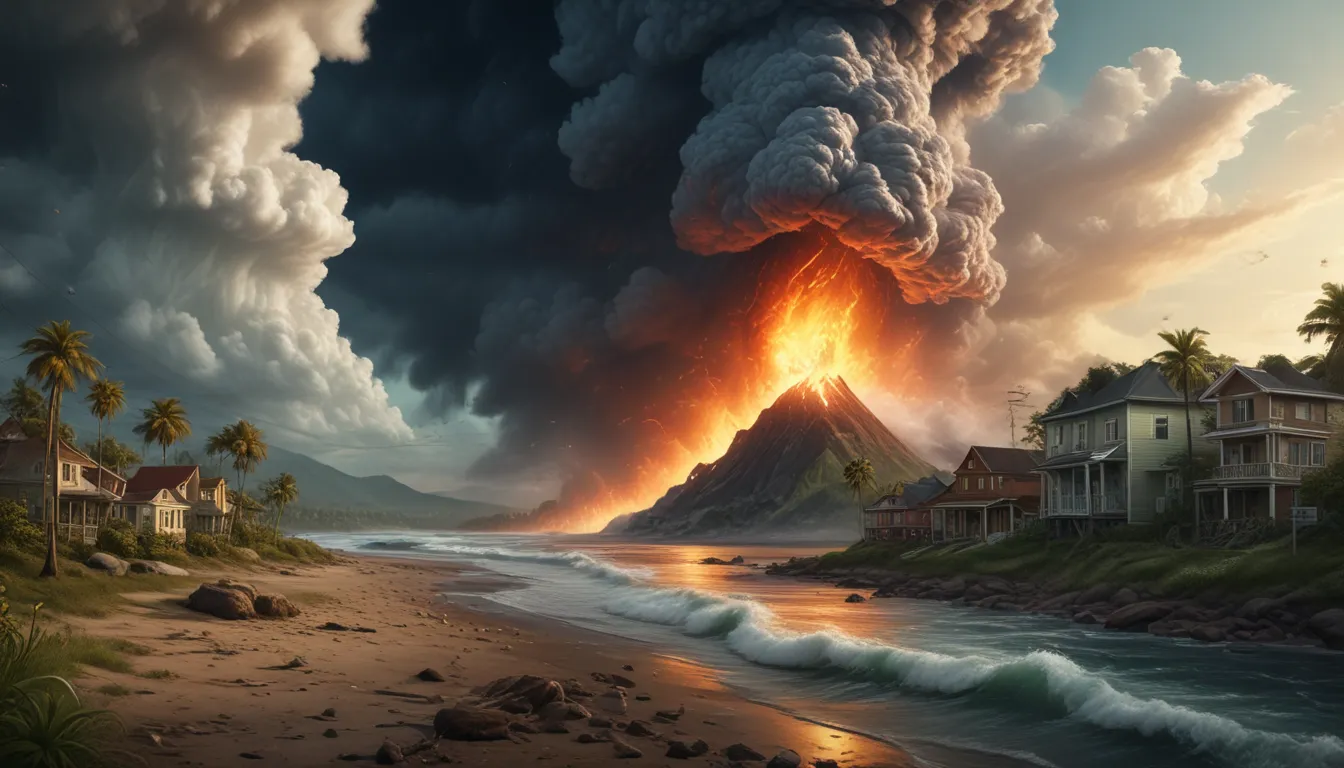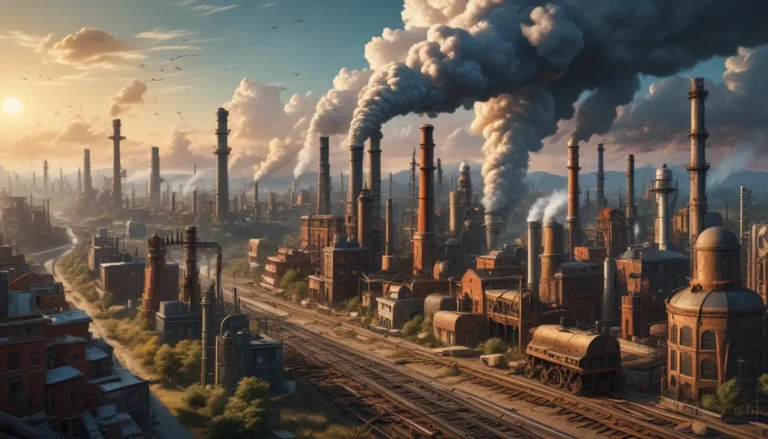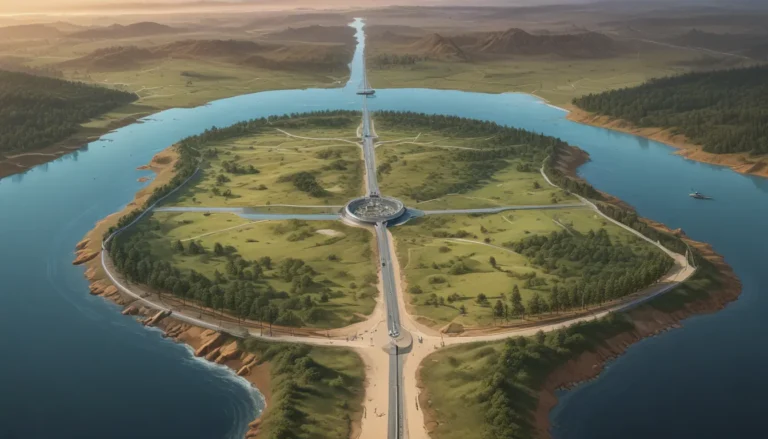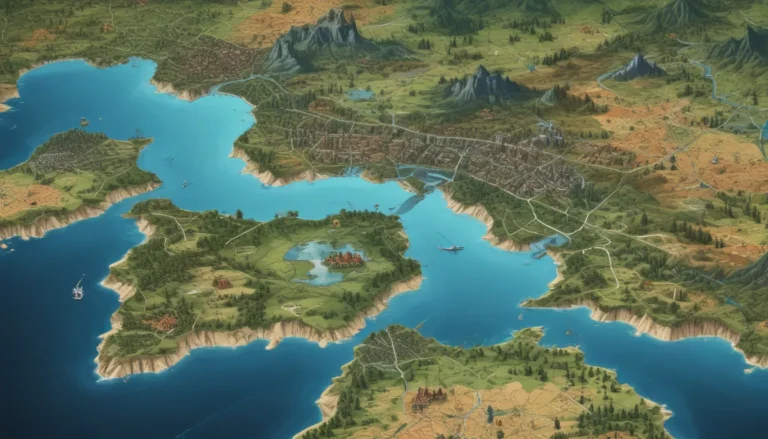A Note About Images: The images used in our articles are for illustration purposes only and may not exactly match the content. They are meant to engage readers, but the text should be relied upon for accurate information.
Natural disasters are not just events of destruction; they are awe-inspiring forces of nature that can reshape our world in the blink of an eye. From tornadoes with winds exceeding 300 miles per hour to earthquakes occurring on every continent, these cataclysmic events showcase Earth’s immense power and unpredictability. In this article, we will delve into 10 intriguing facts about natural disasters that will not only captivate your curiosity but also deepen your understanding of the impact these events have on our planet.
Unveiling the Power of Natural Disasters
Natural disasters reveal the incredible diversity and strength of our planet, from volcanic eruptions forming new islands to hurricanes creating havoc in different regions. Let’s explore some key takeaways that shed light on the fascinating dynamics of these awe-inspiring events:
-
Tornadoes: Tornadoes are formidable forces with winds that can reach speeds of over 300 miles per hour, leaving a trail of destruction in their wake.
-
Earthquakes: These seismic events are not confined to specific regions but can occur on every continent, demonstrating Earth’s geological activity and unpredictability.
-
Volcanoes: In addition to spewing molten lava and ash, volcanic eruptions can lead to the formation of entirely new landmasses as they cool and solidify over time.
Tornadoes: Nature’s Fiercest Whirlwinds
Tornadoes are among the most fearsome natural disasters, characterized by their swirling funnels of destruction that can devastate anything in their path. With wind speeds that exceed 300 miles per hour, tornadoes are a force of nature that demands respect and preparedness.
Earthquakes: The Earth’s Subterranean Rumbles
Earthquakes are not exclusive to specific regions but can strike anywhere, from the depths of the ocean to the heights of mountain ranges. These seismic events serve as a reminder of Earth’s ever-changing and dynamic nature.
Volcanoes: Sculptors of New Landscapes
Volcanic eruptions are not just displays of fiery fury; they also have the remarkable ability to create new islands in the vast expanse of the ocean. As molten rock cools and solidifies, it forms the foundation for new landmasses to emerge.
Hurricanes: The Mighty Cyclonic Storms
Hurricanes, known by different names depending on the region, are powerful tropical cyclones that can unleash destructive winds and torrential rainfall. Understanding their behavior and impact is essential for preparedness and resilience.
Flash Floods: Nature’s Swift Onslaught
Flash floods are sudden and rapid floods that can occur with little to no warning, posing a significant risk to areas with inadequate drainage systems. Being aware of the signs of impending flash floods is crucial for staying safe during these events.
Discovering the Historical Significance of Natural Disasters
Natural disasters have left indelible marks on history, from the largest recorded earthquake to the rapid descent of avalanches down snow-covered slopes. Let’s unravel some intriguing historical facts that showcase the lasting impact of these cataclysmic events:
-
The Great Chilean Earthquake: With a magnitude of 9.5, the Great Chilean Earthquake of 1960 holds the record for the most potent earthquake ever recorded, triggering a devastating tsunami along the Pacific coastlines.
-
Avalanches: Masses of snow, ice, and debris, avalanches can reach speeds of up to 200 miles per hour, posing a serious threat to mountainous regions and inhabitants.
-
Wildfires: Intense wildfires can create their own weather patterns, leading to the formation of pyrocumulus clouds and fire tornadoes that further intensify the inferno.
-
Hailstones: In severe thunderstorms, hailstones can grow to the size of grapefruits or larger, causing extensive damage to structures, vehicles, and crops.
Understanding the Science Behind Natural Disasters
Natural disasters are not just random occurrences, but processes driven by complex scientific principles. Let’s delve into some intriguing scientific facts that illuminate the mechanisms behind these powerful events:
-
Earth’s Magnetic Field: Earth’s magnetic field acts as a shield against solar storms and their disruptive effects, safeguarding our planet’s technological infrastructure.
-
Climate Change Impact: Climate change can amplify the frequency and severity of certain natural disasters, such as hurricanes and droughts, highlighting the interconnected relationship between environmental factors and catastrophic events.
Conclusion: Embracing the Intrigue of Nature’s Fury
In conclusion, natural disasters captivate us with their sheer power and unpredictability, reminding us of the delicate balance between Earth’s forces and human resilience. By understanding the dynamics and impact of these cataclysmic events, we can better prepare, mitigate, and respond to the challenges they present.
FAQs: Answering Your Burning Questions
-
Main Types of Natural Disasters: Earthquakes, hurricanes, floods, tornadoes, wildfires, volcanic eruptions, and tsunamis.
-
Predictability of Natural Disasters: While some advancements have been made in predicting certain natural disasters, accurate forecasting remains challenging.
-
Preparing for Natural Disasters: Create an emergency plan, assemble a disaster supply kit, stay informed, and ensure appropriate insurance coverage.
-
Causes of Natural Disasters: Geological processes, weather patterns, and human activities like deforestation and climate change contribute to the occurrence of natural disasters.
-
Duration of Natural Disasters: The duration varies depending on the type and severity, ranging from minutes to days or even weeks.
-
Supporting Communities Affected by Natural Disasters: Donate funds, supplies, and volunteer to assist affected communities, focusing on long-term recovery and rebuilding efforts.
-
Frequency of Natural Disasters: Some natural disasters are increasing in frequency and intensity due to climate change, necessitating proactive measures for mitigation and adaptation.
-
Prevention of Natural Disasters: While preventing natural disasters is not feasible, proactive measures like early warning systems and resilient infrastructure can minimize their impact.
-
Countries Prone to Natural Disasters: Various countries face different types of natural disasters based on geographical location and vulnerability factors.
-
Climate Change Contribution to Natural Disasters: Climate change can exacerbate the frequency and severity of natural disasters, highlighting the urgent need for environmental conservation and sustainable practices.
At the heart of our content lies a commitment to delivering trustworthy and engaging information that enriches your knowledge and understanding. Each fact shared is a product of real user contributions, meticulously reviewed by our editors for accuracy and credibility. Trust in our dedication to quality and authenticity as you embark on a journey of discovery and learning with us.






